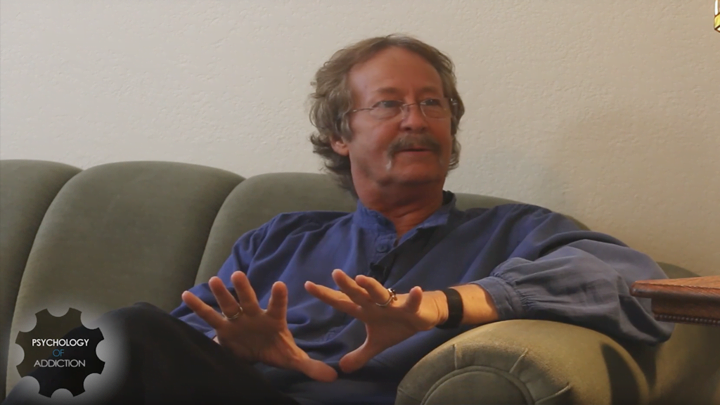A Functional Magnetic Resonance Imaging, or FMRI, is a procedure for neuroimaging using MRI technology. This process measures the activity in the brain by detecting changes in the flow of blood. The difference between an FMRI and an MRI is that the first requires an advanced scanner that shows increased blood flow to activated areas of the brain. Whereas an MRI does not detect blood flow or metabolic processes.
Can FMRI’s Help Diagnosis?
FMRIs can help to clarify a diagnosis of mental disease, more specifically addiction. This can be a useful tool for someone in denial of an addiction, showing them first hand that certain parts of the brain are over-stimulated because of their addiction to drugs or Alcohol.
“It’s really easy to pretend that nothing’s really hurting me, but you take a look at it and 40 percent of the brain and the prefrontal cortex is asleep.” Said Jef Gazley, a licensed therapist with multiple specialties. The Prefrontal Cortex is the part of the brain responsible for making decisions. When someone is in active addiction, the Prefrontal Cortex is no longer consulted when the brain has to make the choice of using or not. Instead, the Limbic System and the Midbrain are so overwhelmed with neurotransmitters that the brain tells us to use based on instinct and memory.
According to the National Institute of Mental Health, brain scans are not currently used to diagnose mental illnesses. They are, however, used to help research studies learn more about mental diseases, like an addiction. The scans from an FMRI can show the difference between a sober brain and one under the influence of drugs or Alcohol. As such, we can see the damage that these substances do to our brains. The scans will also light up certain areas of the brain by revealing which part is currently seeing the most blood flow. This will show that the brain is triggered into desiring a substance that it sees as a necessity.
A Virus
“You aren’t making any decision at all, you’re just floating around from emotion and instinct,” said Gazley. The human brain is a fascinating thing that can only be likened to a super computer.
Electrical impulses are sent from the brain to every part of the body, inside and out, telling it what to do. Like a computer, the body does what the brain (the user) tells it to. The only time a computer doesn’t do what the user tells it to is when there is a virus taking precedent and rewiring the code.
Addiction takes the programming in our brain and scrambles it until its own priorities take the wheel. By overwhelming the Middbrain and Limbic System, the brain is no longer given the choice between using or not. Instinct, memory, and endorphin-flooded emotion drives the body to use.
Treatment – The Anti-addiction Brain Software
When a computer has a virus, you install antivirus software that will scan and purge your computer of the virus. Treatment through detox, therapy, and rehabilitation is the anti-addiction software for your brain.
The process of drug and Alcohol detox floods the toxins out of your body. After detox, going through therapy and counseling, in a sense, installs ways to counteract future triggers or viruses, that would lead someone back to addiction. In therapy, one will learn the many ways they can focus and calm their mind to allow them to stay clean and sober.








